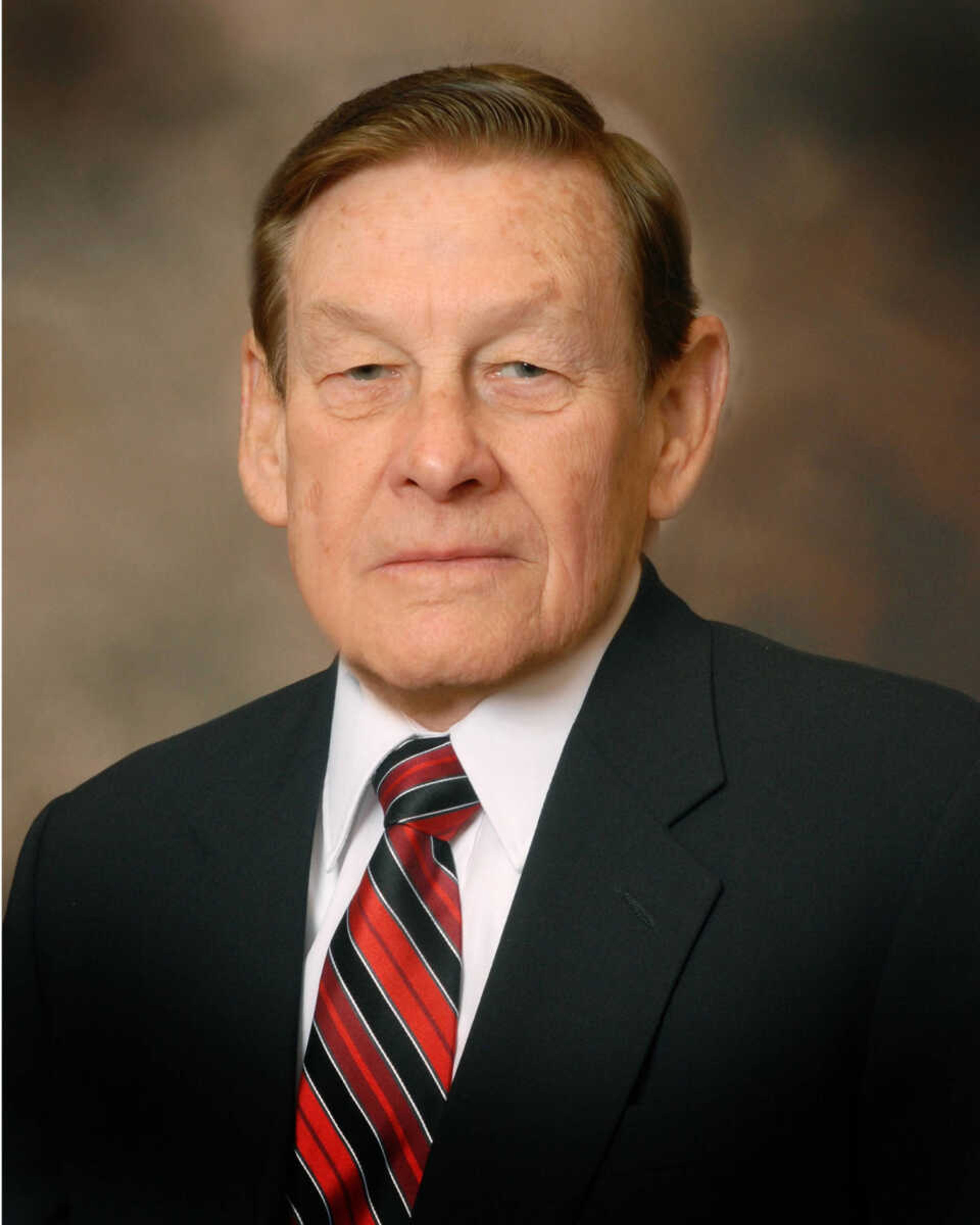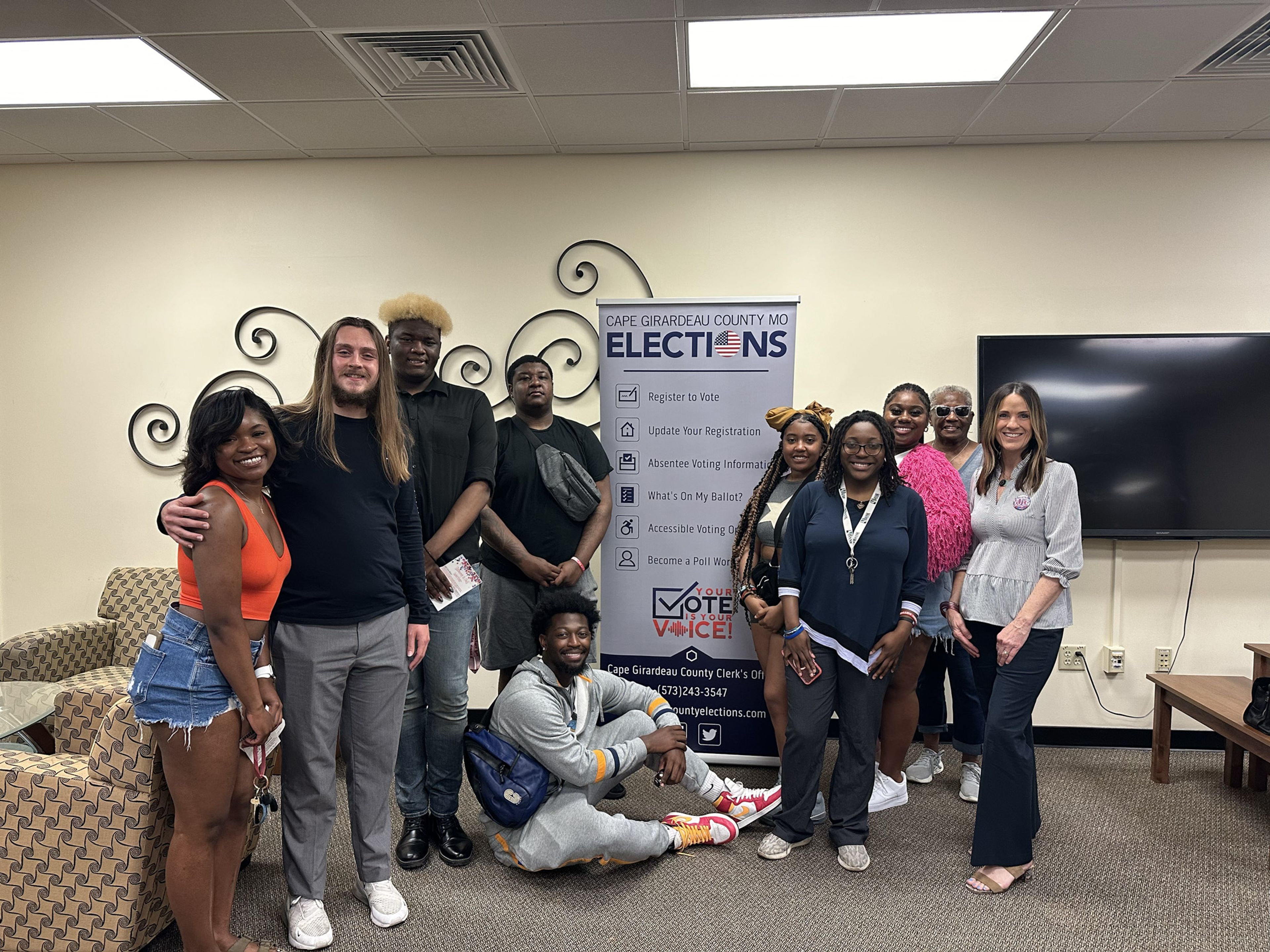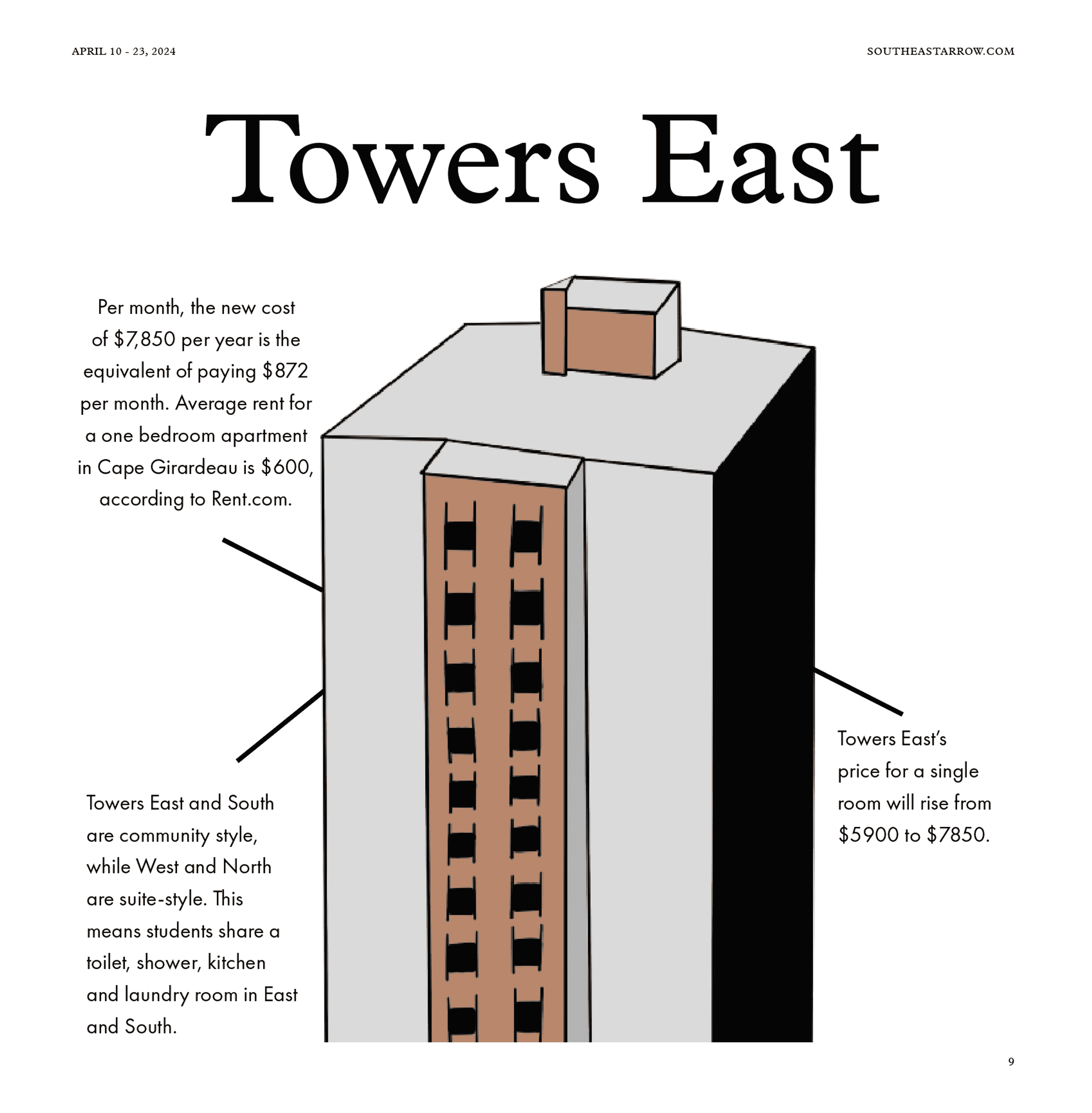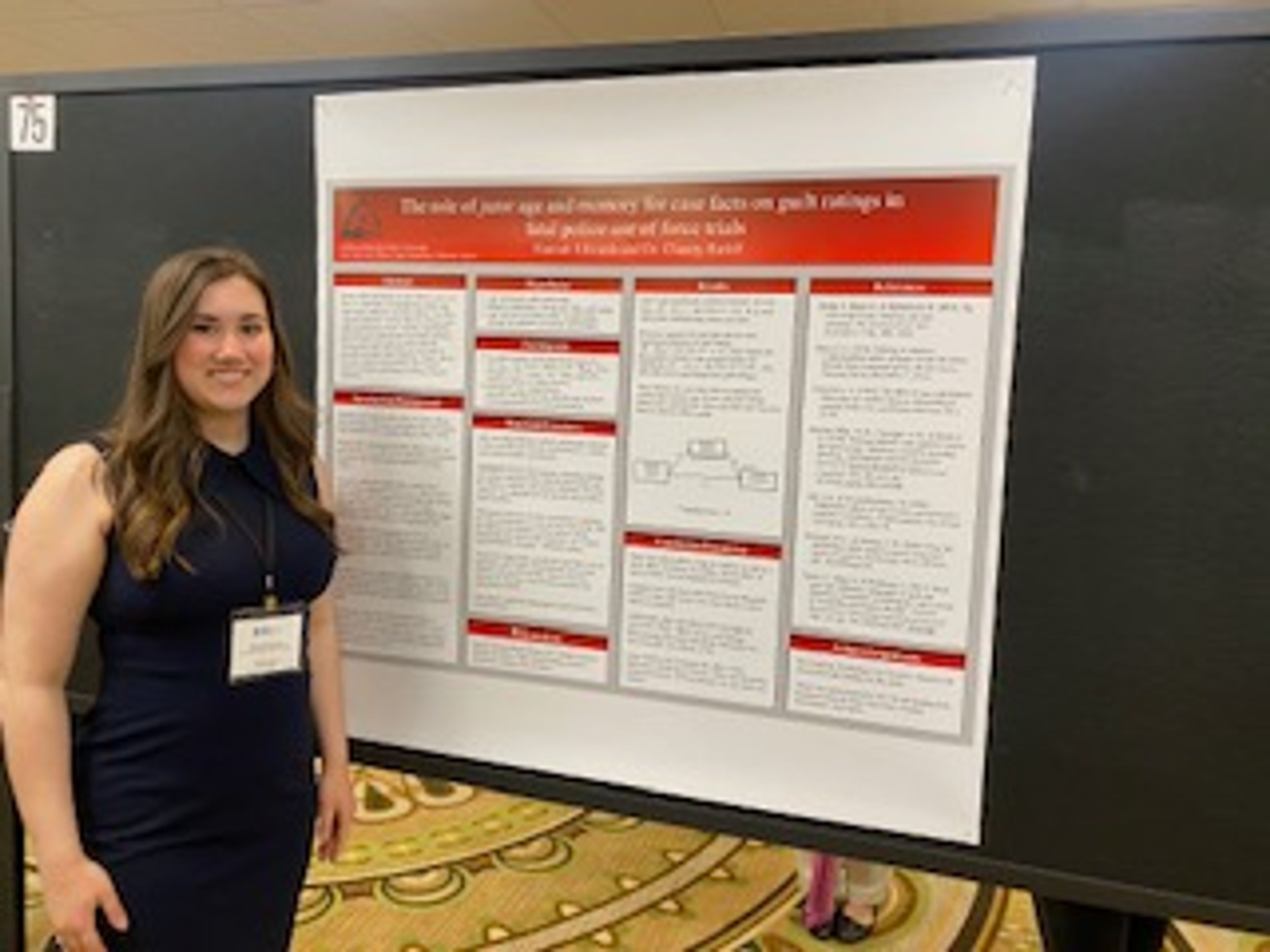Dr. Frank Nickell is an associate professor of history at Southeast Missouri State University. He teaches American history and has conducted extensive research about southeast Missouri, the Civil War and the Vietnam War. He is the director of the Center for Regional History, which documents and preserves the history of Southeast and the surrounding area. He has edited five books and authored numerous book reviews.
Q: What is the most important event in the history of Southeast Missouri State University?
A: In my view, the most important thing that happened was the fire that burned the first main academic building to the ground in April of 1902. And for a period of time there was uncertainty around the state about whether they should build it back or not, so there was a serious effort to move the college to another location. The college by this time was 30 years old and it attracted just a few hundred students a year. A lot of people said they just built the college in the wrong place, and so there was a serious effort to relocate it. That made the people in Cape Girardeau eager to save our college. State senator R.B. Oliver became chairman of the Normal School Committee and became very involved in getting the funds to build back a building here.
Q: What is the significance of the construction of Academic Hall?
A: What they did was build a huge structure. Academic Hall is a very big building. This was the biggest public building in the state of Missouri when it was constructed. So I would have to say that the construction of Academic Hall was a statement to the whole region, to the entire state, that you're not taking our college. So if you build this structure, you're never going to move the college. It's got a place, it has a home, it has an identity.
Q: Why was the university created?
A: Education had stopped in Missouri during the Civil War, and even in reconstruction, and so there was a shortage of teachers. So the state of Missouri decided to copy the Illinois example. Illinois had created northern, southern, eastern, western and normal [colleges]. The state of Missouri, to try and get education going again, sent a committee over to Illinois to see what they were doing. They saw the system ... so they created northeast, northwest, southeast, southwest and central [colleges]. It's an exact duplicate of the Illinois example, and the purpose was to train teachers for the rural schools.
Q: When and why did the university decide to expand its curriculum beyond being a teachers' college?
A: That was happening to colleges everywhere. We began to expand in the aftermath of World War I in the 1920s when things were changing socially and culturally. We began to add additional courses, so we are now basically a university with business, vocational and liberal arts.
Q: Which people have shaped Southeast into the university it is today?
A: Certainly a key person was Mark Scully. He was [Southeast] president from 1956 to 1975. He was president 19 years and built 12 buildings. That's a lot. He built the dormitories and the west campus -- the science building, the vocational building, the music building. He had a vision that no student should be denied admission to this institution because of money or finances. He always kept tuition low, he kept costs low and any student that wanted to go here but ran into money problems could go and see Dr. Scully, and he would see to it that they got a scholarship or something from somebody in town ... He was really dedicated to low fees and tuition so that students from this area -- a poor area of the state -- could get a college education.





